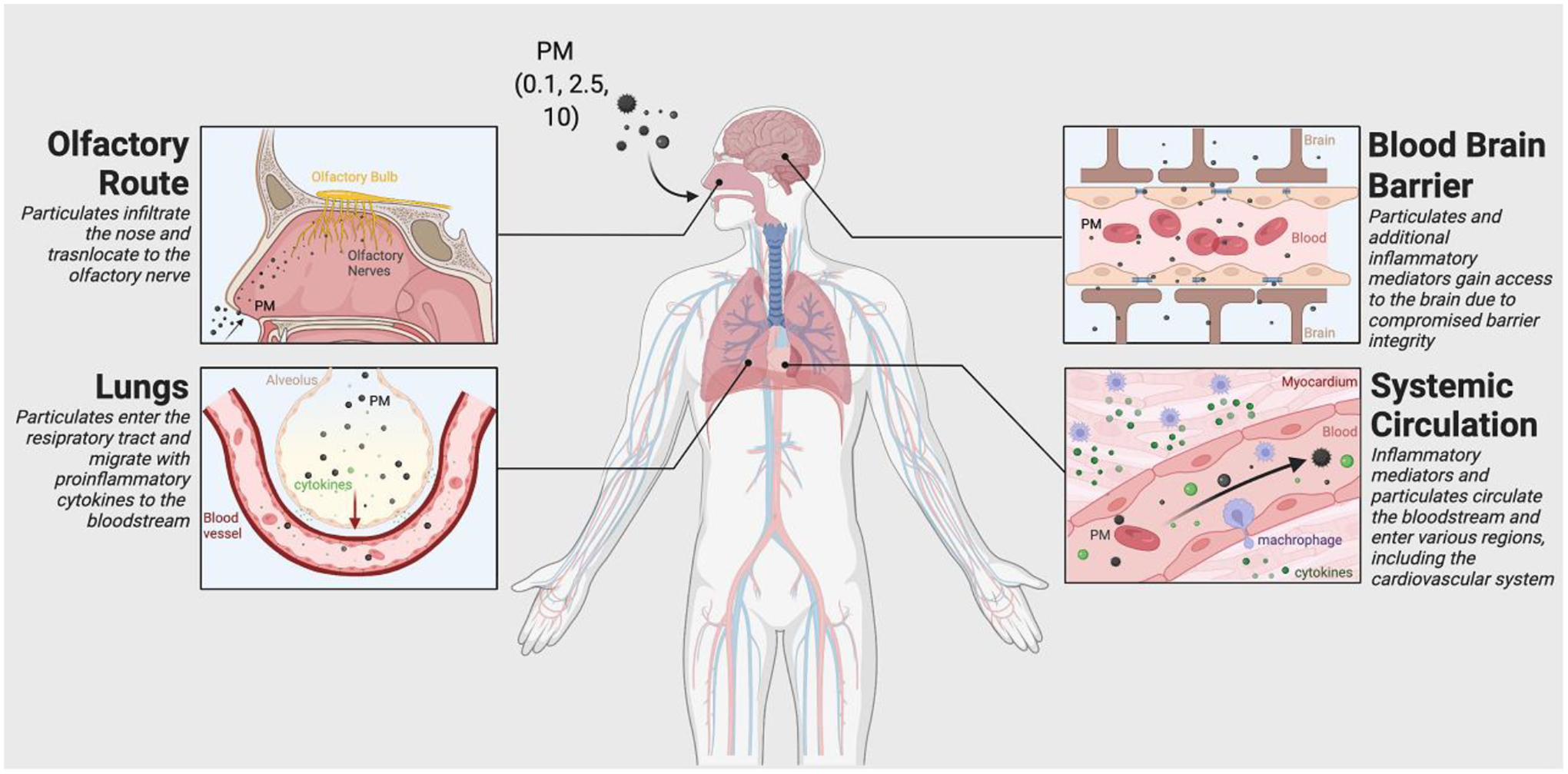Figure 1. Key Figure. PM Route to the Brain.

Particulate matter of various sizes (PM2.5, PM10, PM0.1) is inhaled through the nose and can directly affect the olfactory bulb or follow a peripheral route through the lungs. Upon entering the olfactory system, particulates may infiltrate the olfactory nerve and translocate to the brain. When PM follows the peripheral route, it navigates the respiratory tract and eventually reaches the lungs. Here, PM elicits an inflammatory response; proinflammatory cytokines and particulates subsequently migrate to the bloodstream and into the systemic circulation. After entering the bloodstream, PM and other inflammatory mediators can travel throughout the body and cross the BBB due to compromised barrier integrity. PM may also reach the cardiovascular system, where a localized inflammatory response may occur, thus releasing additional inflammatory mediators into the circulation. This reaction may amplify systemic inflammation and ultimately contribute to chronic inflammation in AD patients.
